What can your company do to maximize power efficiency of servers and applications? 10 tips
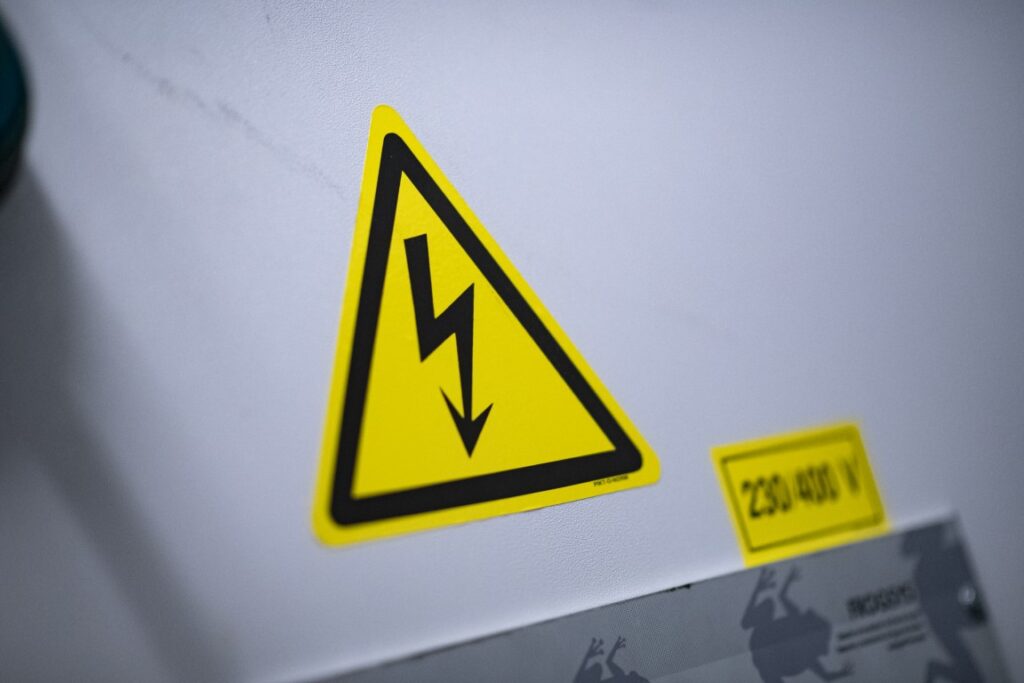
Sustainability is becoming more and more of a priority for many companies. On top of that, electricity prices are rising, which means saving energy is now more important than ever. You can’t store data at a data center without electricity, so it’s important to use the processes involved as efficiently as possible. Data centers put a lot of effort and resources into this, but their clients also have their own responsibility in ensuring that their servers and applications run in a sustainable way. Therefore, companies should implement sustainable strategies in data centers to maximize their power efficiency. We would like to offer 10 tips to encourage becoming more energy efficient.
1. Turn off the zombie servers
Every company has applications that they don’t want to touch. Zombie servers are servers that run even though they do not have any real or active function, but companies don’t want to shut them down because they are afraid it will impact other functions. The solution is simple: those servers can simply run their software in a virtual environment on the cloud. Other servers that are no longer needed should be pinpointed pro-actively and shut down. The result can be significant: some companies succeed in cutting energy consumption by over one third when they turn off zombie servers.
2. Use the right hardware
Choosing the right hardware from the start can have a great impact on energy saving. Not having right-sized hardware is often the result of attempts to future-proof data center components. But the consequence of having hardware with too much power capacity is that underloaded electrical and cooling systems tend to operate less efficiently. Plus, oversized power infrastructure can increase energy costs. Right-sized hardware should be selected to support anticipated requirements over the next three to five years maximum. Since it’s very likely that hardware may find innovative ways to reduce power usage in the future, focus mainly on today’s needs, holding excess capacity to a minimum.
3. Use the power management features of the servers
A lot of companies turn off power management features because they are afraid that performance will be affected. This is a common misconception because modern servers often have very efficient energy saving capabilities. Server processors can reduce power consumption when peak performance isn’t required, during times of low utilization. Companies should use these power management features because it reduces power consumption without compromising processing capability.
4. Increase operating temperature and humidity range
Oftentimes the temperature in data centers is set unnecessarily low. Server rooms are usually kept at an ambient temperature of around 22 °C, because in the past, hardware used to function best around that temperature. Air conditioning unit outlet temperatures of 15 °C are needed to achieve that, which requires a lot of energy. Companies do this because they are afraid that higher temperatures will damage the hardware. That is not the case with new hardware: it can often withstand up to 30°C. The same goes for humidity: back in the day the humidity range for hardware would be somewhere around 45% and 55%. Most new devices have a higher humidity tolerance than is often assumed: up to even 80%. Many server rooms can save energy simply by raising the thermostat.
5. Audit existing IT equipment
Companies should let IT consultancy firms audit their IT equipment to check their power usage and if they can save energy. Such an audit offers insight into IT equipment that can be more energy efficient. For example, a lot of companies used HDD storage in the past, which has a high energy consumption. Flash is a lot more energy efficient.
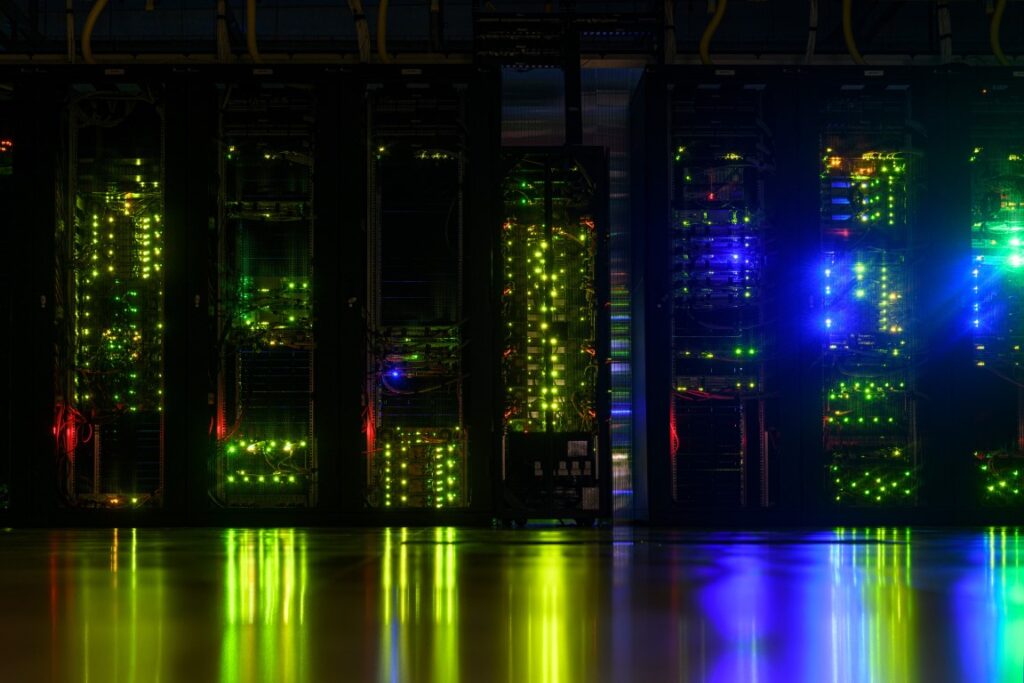
6. Make sure your IT equipment is healthy
When it comes to IT equipment, it’s not just about using the right storage devices or software (see tip 7 below) but also about making sure your equipment is healthy. The sustainable option is to prolong the life span of your IT equipment to produce less waste, but of course that is only sustainable if it is also energy efficient. Optimizing the use of your equipment and monitoring its health will allow you to get the most out of it, without letting it become an energy-waster because of old age.
7. Develop efficient software
Another way to save energy is by developing efficient software. When developing new software, it is advisable to consider how to develop something that consumes less energy. Consult internal or external developers to determine how energy efficient the software that you are creating really is.
8. Develop a data management policy
We know it’s hard to just delete data, especially if it consists of large and complex data files. But keeping all data also means you need a lot of storage capacity – which costs a lot of energy. To save energy, you should analyze what data you just don’t need anymore. Create a system that defines which data should be kept, and for how long.
9. Upgrade your cooling techniques
Air cooling is a popular way to cool IT equipment, but it is not the most energy efficient. Because air is not an effective heat transfer medium. Air cooling cannot keep up with the increased processing loads of data centers, the consequence being rising energy costs. Liquid cooling is a more sustainable option. It is a cooling practice by which IT components and other electronics, including complete servers and storage devices, are submerged in a nonconductive dialectic liquid or coolant. Liquid cooling leads to a reduction of energy consumption, and it uses a lot less water than most air cooling systems, which leads to lower operating costs.
10. Don’t forget about the little things
Aside from efficiency on an operational level, the little things can make an impact as well. As we know from tip 8 above, it is useful to develop a data management policy. Everyone can contribute to that, because something as simple as emptying your mailbox can help save electricity. Some sources claim that if everyone around the world deleted just 10 emails, that would save 1,725,000 gigabytes of storage space, which is around 55.2 million kilowatts of power. Additionally, a lot of the energy used because of e-mail traffic is primarily associated with the device that we compose, send and read them on. Another way to reduce that energy is to limit the number of devices we purchase. You won’t save the environment just by deleting some old e-mails, but with some minor adjustments like these everyone can contribute to the cause.
Saving energy might seem like a challenge, but any organization can do it.
Companies that outsource their data to a data center can reduce the energy costs of their facilities by integrating even just one of these energy savings tips. You can pick and choose the tips your organization needs to apply. Which measures are most cost effective, can be determined by closely monitoring cost saving KPI’s, such as electricity expenses. In the end it can not only save you money, but it can also save the planet. Sounds like a win-win for everyone!


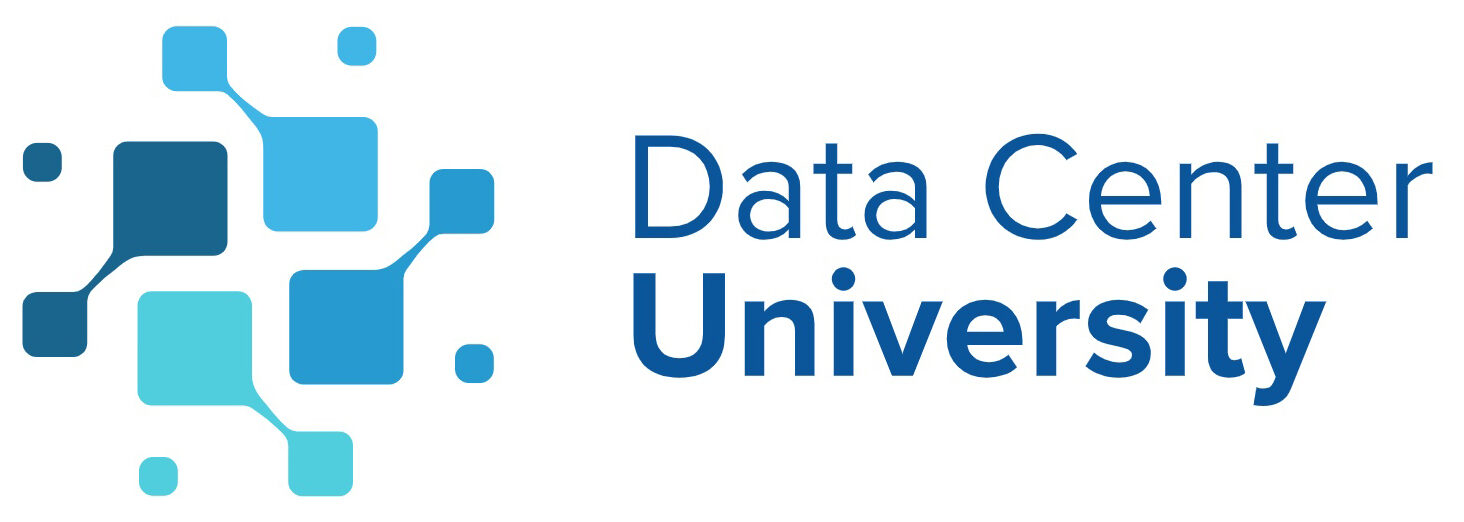
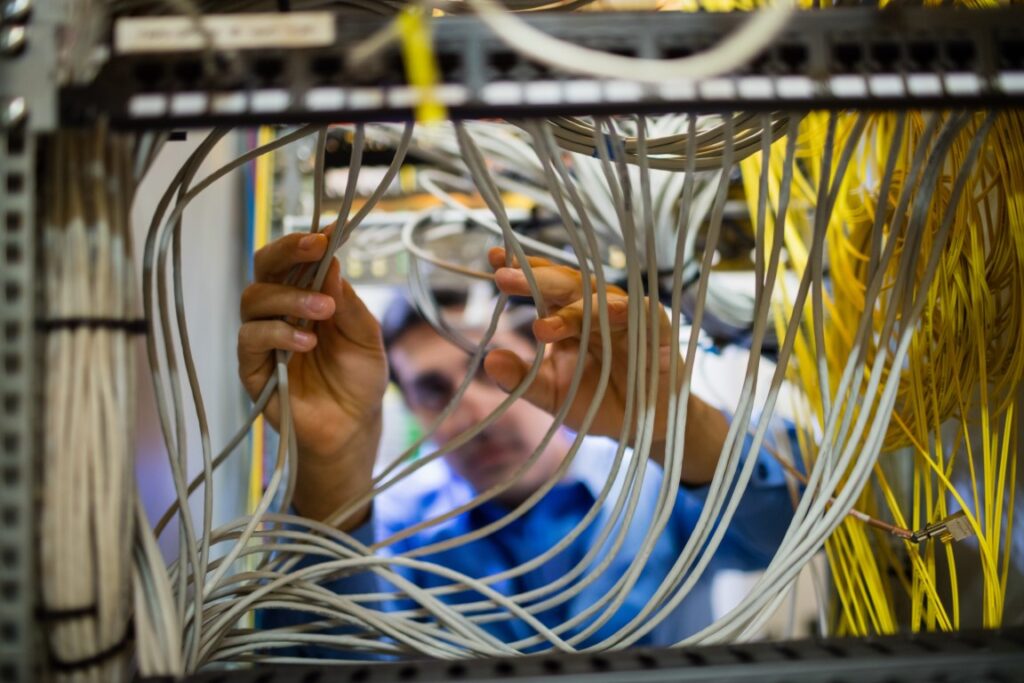
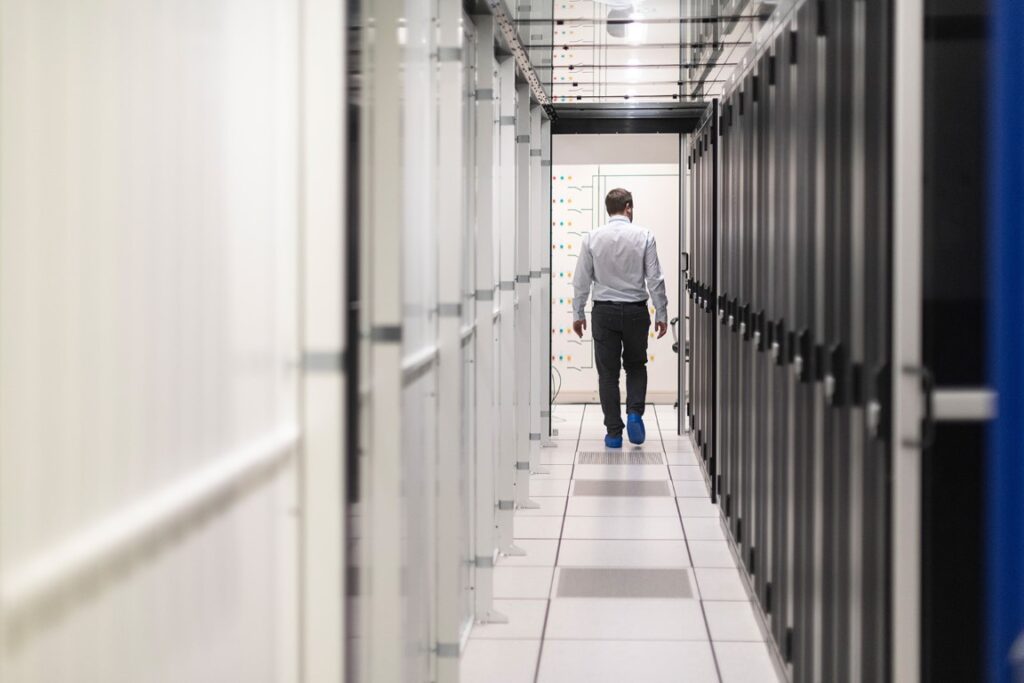
Responses